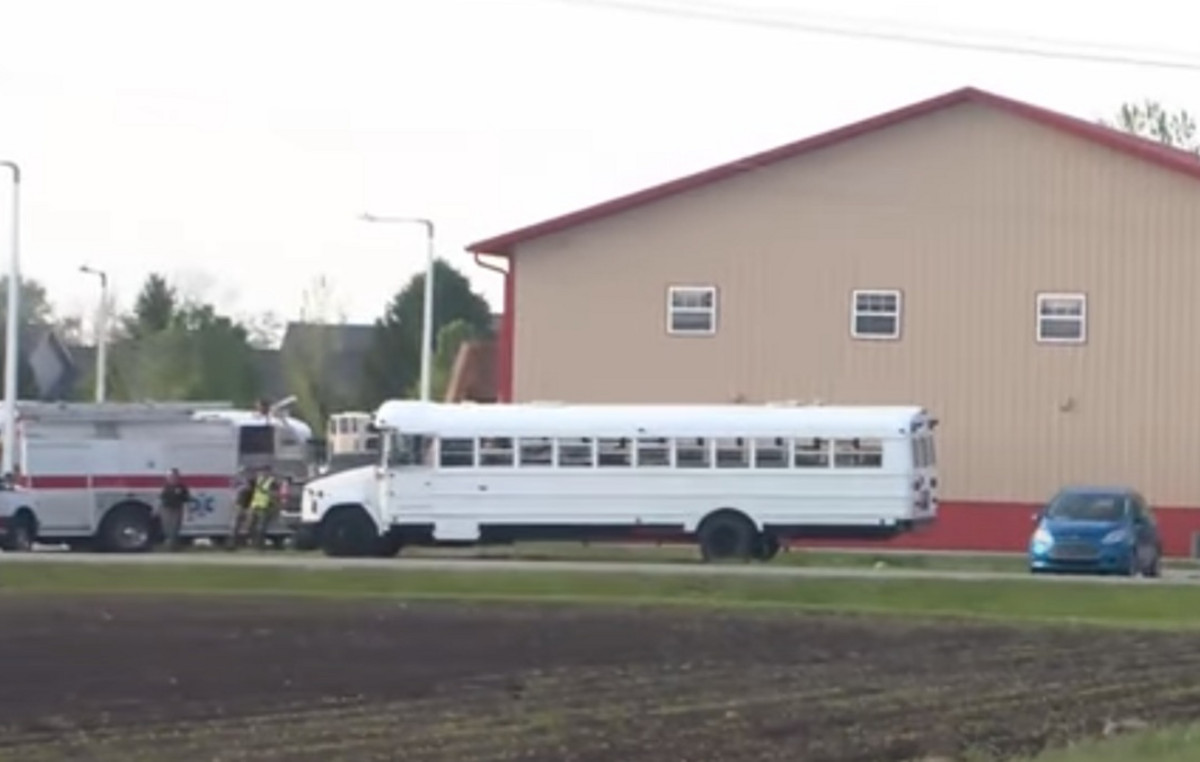The São Paulo State Basic Sanitation Company (Sabesp) is implementing an advanced climate monitoring system based on Artificial Intelligence (AI). The objective of the action is to strengthen the water security of the São Paulo Metropolitan Region, enhancing the analysis of future scenarios and optimizing water supply planning For approximately 22 million people, in the face of climate change.
According to Sabesp, the first practical results of the application of this technology, in the form of informative bulletins, are expected for July this year. Initially, the focus of monitoring will be the Cantareira System, which supplies much of the São Paulo Metropolitan Region, and in the future should bring benefits to the other springs.
The new IA tool will integrate Sabesp’s data history – detailed information about rainfall and flow rates – with weather forecast models. This integration of historical data and future projections will allow the generation of more accurate simulations on the climate behavior and its potential impacts on water resources of the metropolitan region.
In an interview with CNN Alexandre Bueno, manager of Sabesp’s Water Resources Department, commented on the initiative. “The company has a history of almost a century data, and the introduction of artificial intelligence represents a significant evolution in our ability to analyze. We seek to refine the accuracy of our projections to ensure a more effective supply management “Explained Bueno.
Bueno detailed the operation of the system: “Currently, operational planning is already based on historical series. The incorporation of the weather forecasting will allow us anticipate future events, and the system will continually learn from comparison between forecasts and real events, improving their predictive capacity . ”
To illustrate the potential of AI, Bueno cited recent examples of variations between historical forecasts and observed rain data in March and April this year. “The system is recording these discrepancies to adjust their algorithms and generate more accurate future predictions,” he said.
Bueno emphasized that the use of AI can be a valuable tool in preventing future water crises, such as 2014, an event that was atypical in relation to Sabesp’s data history. “The goal is to use AI’s predictive capacity to anticipate unprecedented scenarios and thus optimize the management of our reservoirs,” he concluded.
Sabesp, by implementing this artificial intelligence system to monitor the climate and plan the supply, sought the partnership of Rhama Analysis, which played an important role in forecasts during flooding in Rio Grande do Sul in May 2024.
*Under supervision
This content was originally published in Understand how Artificial Intelligence will help in water supply in SP on the CNN Brazil website.
Source: CNN Brasil
I’m James Harper, a highly experienced and accomplished news writer for World Stock Market. I have been writing in the Politics section of the website for over five years, providing readers with up-to-date and insightful information about current events in politics. My work is widely read and respected by many industry professionals as well as laymen.







